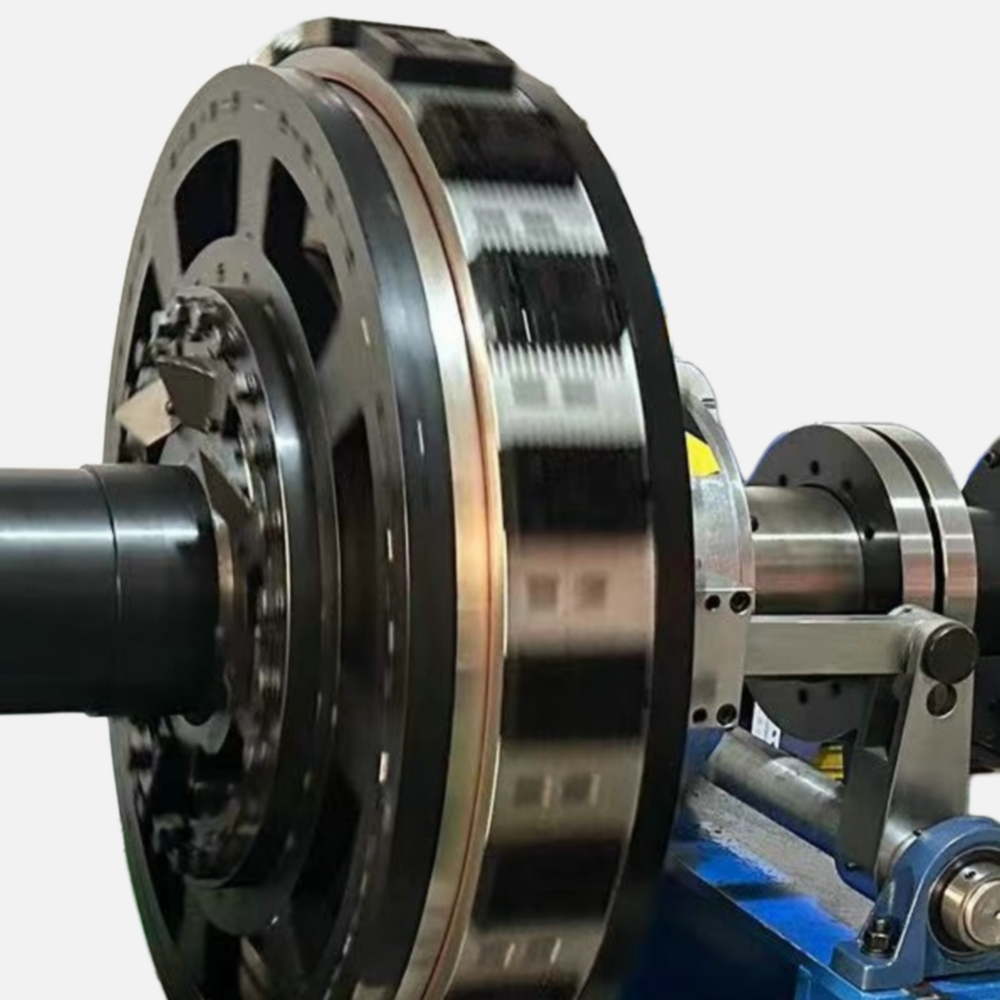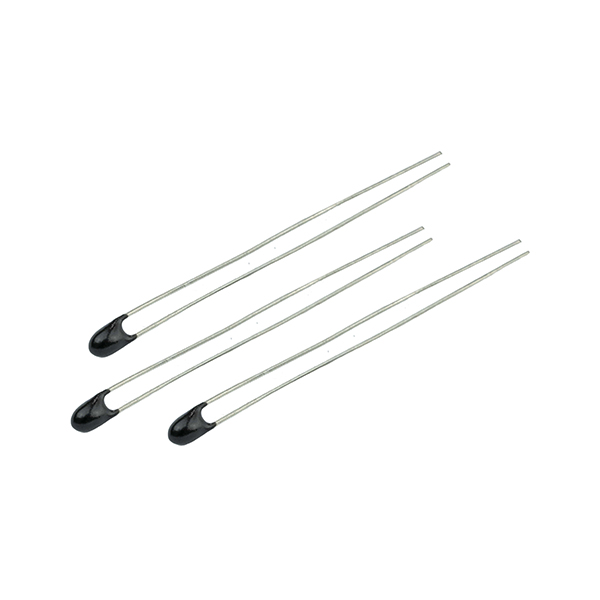In today's world, where environmental concerns are at the forefront, finding eco-friendly ways to pack food has become crucial. Traditional packaging materials often contribute to pollution and waste, but there are sustainable alternatives available. In this article, we will explore innovative and practical solutions that not only reduce our carbon footprint but also ensure the safety and freshness of our food.
- Biodegradable Packaging Materials:
One of the most effective ways to pack food sustainably is by using biodegradable materials. These materials are derived from renewable resources and can break down naturally, reducing the environmental impact. Examples include:
- Plant-based Plastics: Made from cornstarch, sugarcane, or other plant sources, these plastics have similar properties to traditional plastics but are biodegradable and compostable.
- Mushroom Packaging: Utilizing mycelium, the root structure of mushrooms, this packaging is lightweight, durable, and completely biodegradable.
- Biodegradable Films: These films are made from materials like cellulose or starch and can be used for wrapping sandwiches, fruits, or snacks.
- Compostable Packaging:
Compostable packaging is designed to break down into nutrient-rich compost when disposed of properly. It offers an excellent alternative to traditional packaging materials that end up in landfills. Some examples include:
- Compostable Paper: Made from sustainably sourced materials, such as bamboo or recycled paper, these containers are suitable for takeout meals, sandwiches, or bakery products.
- Compostable Bags: These bags are made from plant-based materials like cornstarch and can be used for packaging dry goods or produce.
- Reusable Containers:
Encouraging the use of reusable containers is another eco-friendly way to pack food. By reducing single-use packaging, we can significantly reduce waste. Some options include:
- Stainless Steel Containers: These durable containers are perfect for storing leftovers, snacks, or even entire meals.
- Glass Jars: Ideal for storing sauces, dressings, or bulk food items, glass jars are reusable and easily recyclable.
- Beeswax Wraps: These natural wraps made from cotton fabric coated with beeswax can be used to wrap sandwiches, fruits, or cheese.
- Minimalist Packaging:
Another approach to eco-friendly food packaging is to minimize packaging altogether. By eliminating unnecessary layers and materials, we can reduce waste and conserve resources. Some strategies include:
- Bulk Purchasing: Buying food items in bulk reduces the need for individual packaging.
- Naked Produce: Opting for loose fruits and vegetables instead of pre-packaged ones reduces plastic waste.
- Simple Wrapping: Using minimalistic wrapping techniques, such as newspaper or butcher paper, can be an eco-friendly alternative for certain food items.
Conclusion:
As we strive for a greener future, it is essential to adopt eco-friendly ways to pack food. By utilizing biodegradable materials, compostable packaging, reusable containers, and minimalist approaches, we can significantly reduce our environmental impact. Embracing these sustainable solutions not only benefits the planet but also ensures the safety and freshness of our food. Let's make conscious choices and contribute to a healthier and more sustainable world.



More Stories
Mechanisms of Damping Deadening Rubber Sheets: How They Reduce Vibration and Noise
How SMC Is Manufactured: Process, Materials, and Quality Control
Customizable Logo Pulp Boxes in Kraft and White for Sustainable Food Packaging Solutions